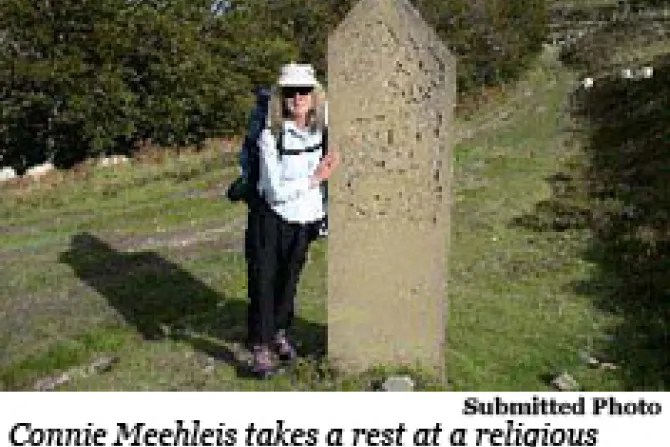Anchorage, Alaska, Aug 2, 2007 / 07:33 am
Imagine the chance to hike thousands of miles along the same mythical forests as King Arthur, follow the same trail that Richard the Lion Heart took as he went off to battle in the Crusade and retrace the same steps of Saints Joan of Arc and Francis of Assisi.
Connie and Mark Meehleis of Anchorage have followed these legends three different times, the latest in 2006. They followed the Camino de Santiago, or Way of St. James from Namur, Belgium to Santiago, Spain.
The Camino is a pilgrimage tradition that dates back to medieval times when pilgrims retraced St. James the Great’s last journey from Jerusalem to his final resting place in Santiago.
The European Union estimates that close to 200,000 people will make the trip this year from all over the world — many of those being young college-age students backpacking across Europe. While Mark and Connie are well past their college years, they have young hearts in their retiree bodies. Unlike many of their fellow middle-age counterparts, the Meehleis chose to walk roughly 16 miles a day as pilgrims — rather than stroll along a golf course or lay on the beach.
Spiritual pilgrimage



